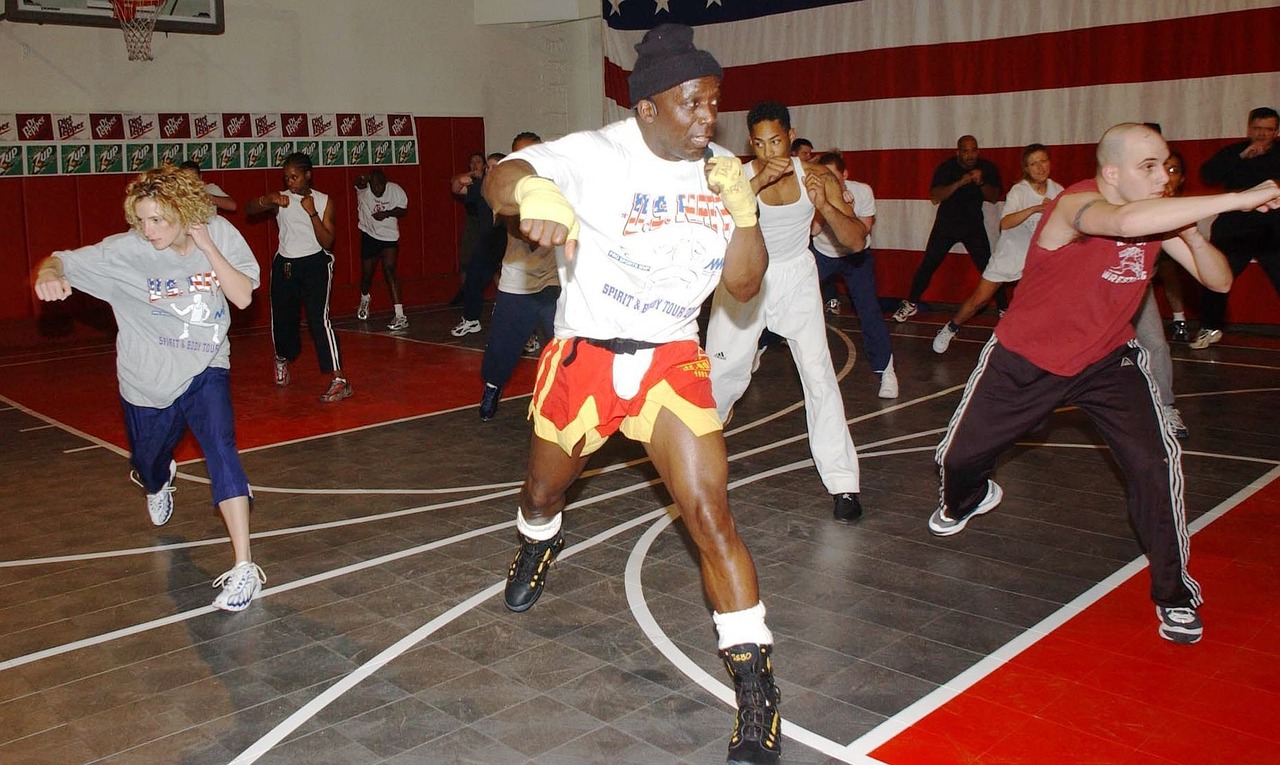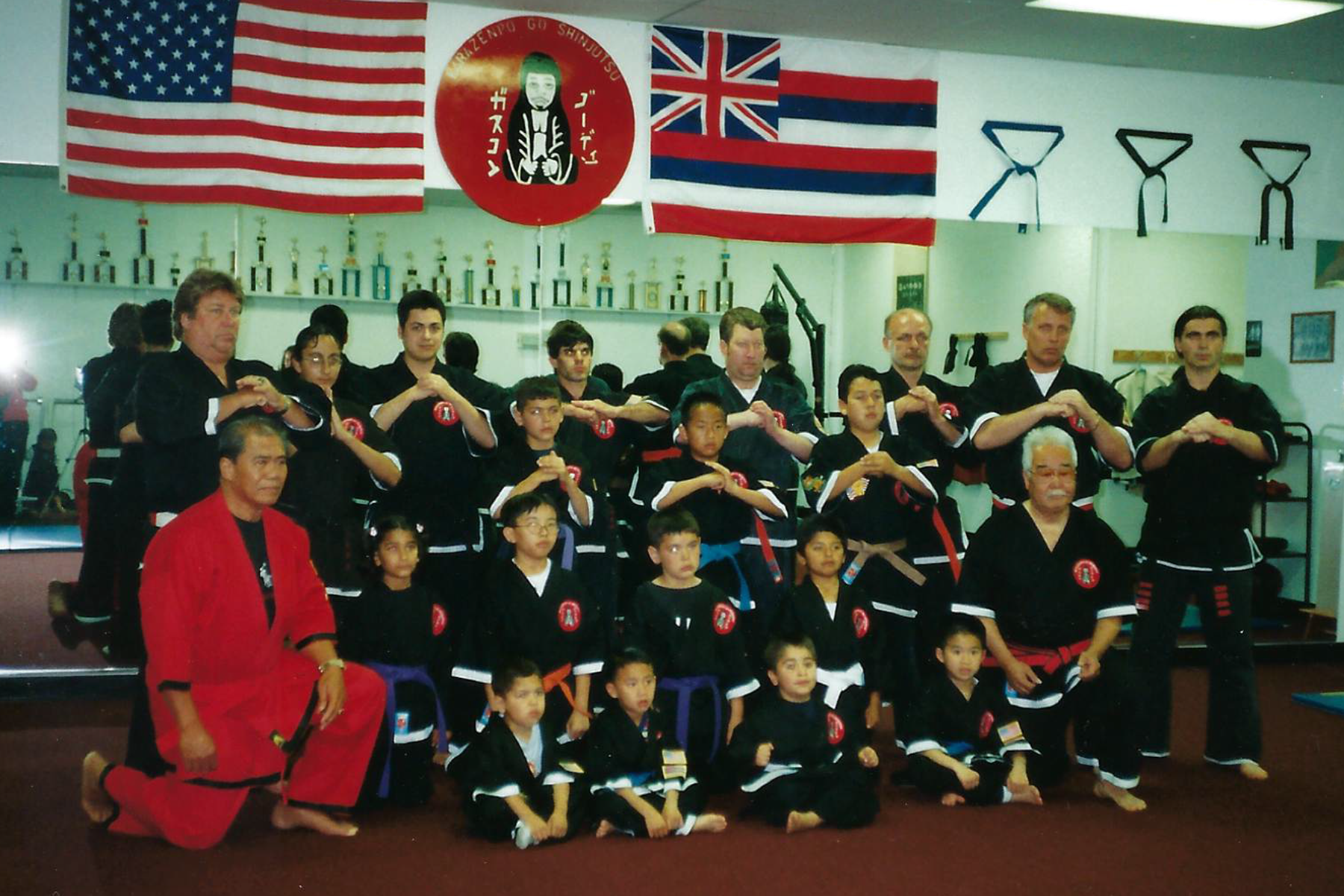Have you ever been in an overcrowded elevator, only to have more people squeeze in at the next floor? Do you remember that feeling—tightness in your chest, a rising sense of panic, and the desperate need for air and space? That’s personal space being invaded, and your body knows it instinctively.
In Kempo, or any martial art practiced for real-world self-defense, you must get used to violating—and having your own boundaries violated—by design. This kind of training demands close proximity. Your training partners won’t just stand at arm’s length; they’ll press in close, grab you, push against you, and move within inches of your face. For many, especially in Western society, where personal space is a deeply respected social norm, this can feel very uncomfortable.
In the U.S., we generally observe an unspoken rule: don’t intrude on someone’s bubble—defined here as the area from the body’s center out to the full extension of the arm. In normal life, strangers don’t enter that zone unless there’s a crisis. But an attacker will violate it in a heartbeat—to intimidate, control, or cause harm. That’s why self-defense training must prepare you to function within that space.
1. Learn to Tolerate Close Quarters
One of your first goals in self-defense training should be to desensitize yourself to close-range contact. Practice with partners frequently. Become comfortable with people stepping in quickly, pressing up against you, and even brandishing weapons near your body. If you’re “stick shy” or flinch when someone invades your space, your reactions will be compromised in a real confrontation. Get used to the noise, pressure, and chaos. Then learn to act decisively in that storm.
2. Always Respond to Encroachment
In training drills, don’t let space violations go unanswered. Condition yourself to move immediately, defend, or counter when someone steps in. In day-to-day life, even close friends don’t often breach that space—so when someone does, assume they mean harm until proven otherwise. Let action be your default response.
3. Real-Life Application: Err on the Side of Safety
Imagine you’re at work, sitting at your desk, and someone touches your shoulders from behind. If you perceive it as a threat and react defensively, you’re not wrong. If it turns out to be a coworker, apologize calmly: “I don’t respond well to unexpected physical contact.” Most people will respect your boundaries once they’re clearly defined. Your training should give you both the awareness to act and the clarity to adjust when the situation becomes clear.
4. Own Your Space with Confidence
Personal space is where an attacker wants to control you—because hesitation happens there. If you freeze or submit out of discomfort, you give them the advantage. But if you stand your ground, meet their gaze, and react confidently, you shift the power dynamic. Don’t give away your power just because someone steps closer than you’re used to.
Train yourself to remain calm, centered, and ready in close-range scenarios. Speak in steady tones. Look them in the eye. Let your stance and demeanor communicate that you are not afraid.
Make Close Contact a Non-Issue
Your personal space shouldn’t be your Achilles’ heel. It should be your battleground—where you are most aware, most confident, and most prepared to defend yourself. The more you practice functioning in that discomfort, the more natural it becomes.
If you can train yourself to remain calm and effective when your space is invaded, you will become harder to intimidate, more confident under pressure, and far more effective as a martial artist.
Ready to turn discomfort into strength? Join a self-defense class or martial arts program that trains in realistic close-contact scenarios. Learn to move, strike, and stay calm when others freeze. Because real confidence isn’t about keeping distance—it’s about knowing what to do when someone crosses the line. Train today. Protect yourself tomorrow.



